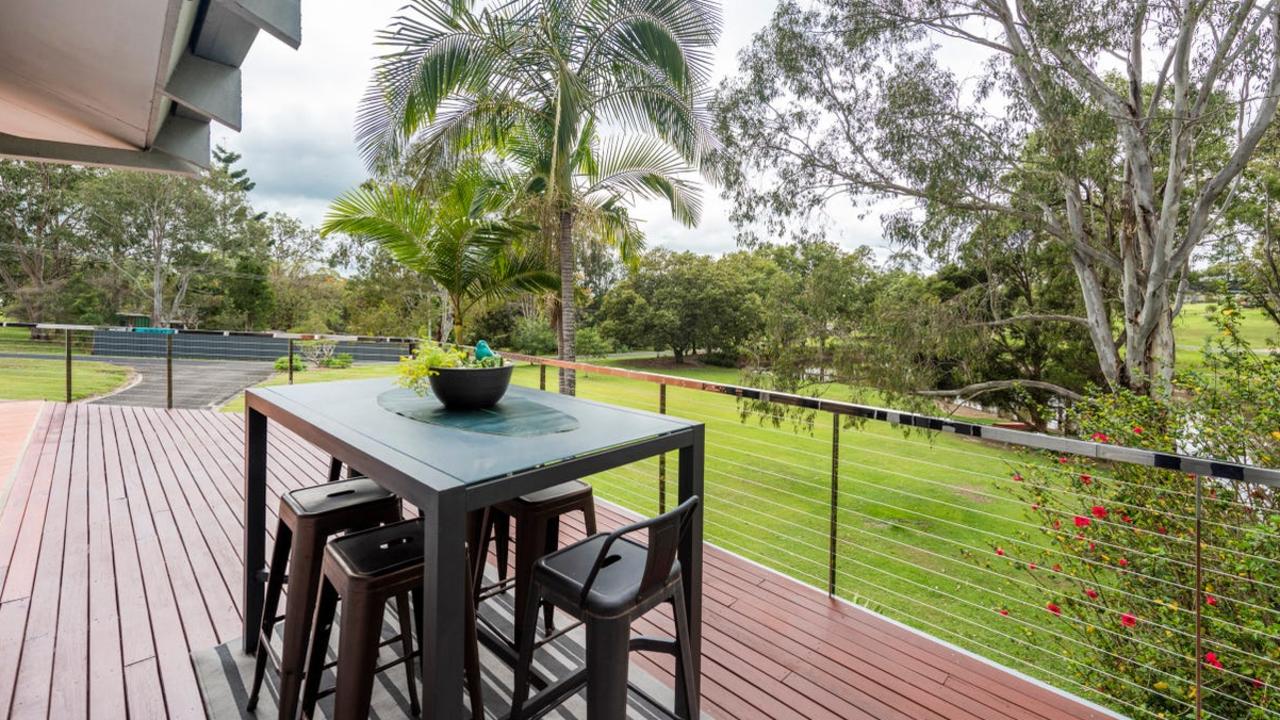Gardening: Not many flowers say Aussie like the kangaroo paw
KANGAROO paws (anigozanthos) are one of the most internationally recognised Australian flowers.

KANGAROO paws (anigozanthos) are one of the most internationally recognised Australian flowers. Their curiously shaped paw-like blooms come in a range of colours and heights, and provide a wonderful display in the garden and in pots. They make a great cut flower.
Kangaroo paws have a clumping growth habit with strappy leaves. The flowers have a felt-like appearance and are carried on stems above the foliage. A mature plant can produce more than 30 flower stems in a season. Colours range from white through pink, red, orange, yellow, mauve and even green.
Generally speaking, the taller varieties, and those with green leaves (rather than the bluey or grey foliage) are the stronger growers. They will last for many years in the garden. Varieties like Big Red, Yellow Gem and Big Orange fall into this category. The dwarf forms have a shorter life span, flowering almost year-round for a few years. They are best treated as an annual or short-lived perennial. Because they flower so profusely, they are fabulous in pots. Bush Pear is a good one with blush pink flowers, and Bush Blitz is a lovely orange-burgundy.
Caring for your kangaroo paw is easy. First, choose a very sunny, well-drained position. When planting, ensure that the crown of the plant is no deeper than it was in the pot, as planting too deep will encourage disease. Once established, they are quite drought tolerant, but they will require some water to flourish. They will appreciate an application of fertiliser a couple of times a year. Water stress at flowering time will cause the flower stems to bend or fail altogether. Try to keep the foliage and the crown of the plant dry when you water.
Remove spent flower stems at the base, removing the entire flowering shoot, leaves and all. If you are growing the tall varieties, you can prune the whole plant back to ground level after flowering to promote a great flush of flowers the following spring.
In their natural habitat, kangaroo paw have a deep root system, enabling them to survive in dry periods. So if you are growing your paws in pots, it's best to choose a deep pot to give that root system room to develop and make them less reliant on frequent watering.
Leaf blackening will sometimes occur when leaf or flower stem tissue dies. There are many causes, including frost, excessive humidity, too much or too little water, pesticide damage, and disease. Fungal conditions will also cause black or brown marks on the foliage.
The spectacular flowers more than compensate for the occasional challenges encountered.
Got a gardening question? Email maree@edenatbyron.com.au
Originally published as Gardening: Not many flowers say Aussie like the kangaroo paw


